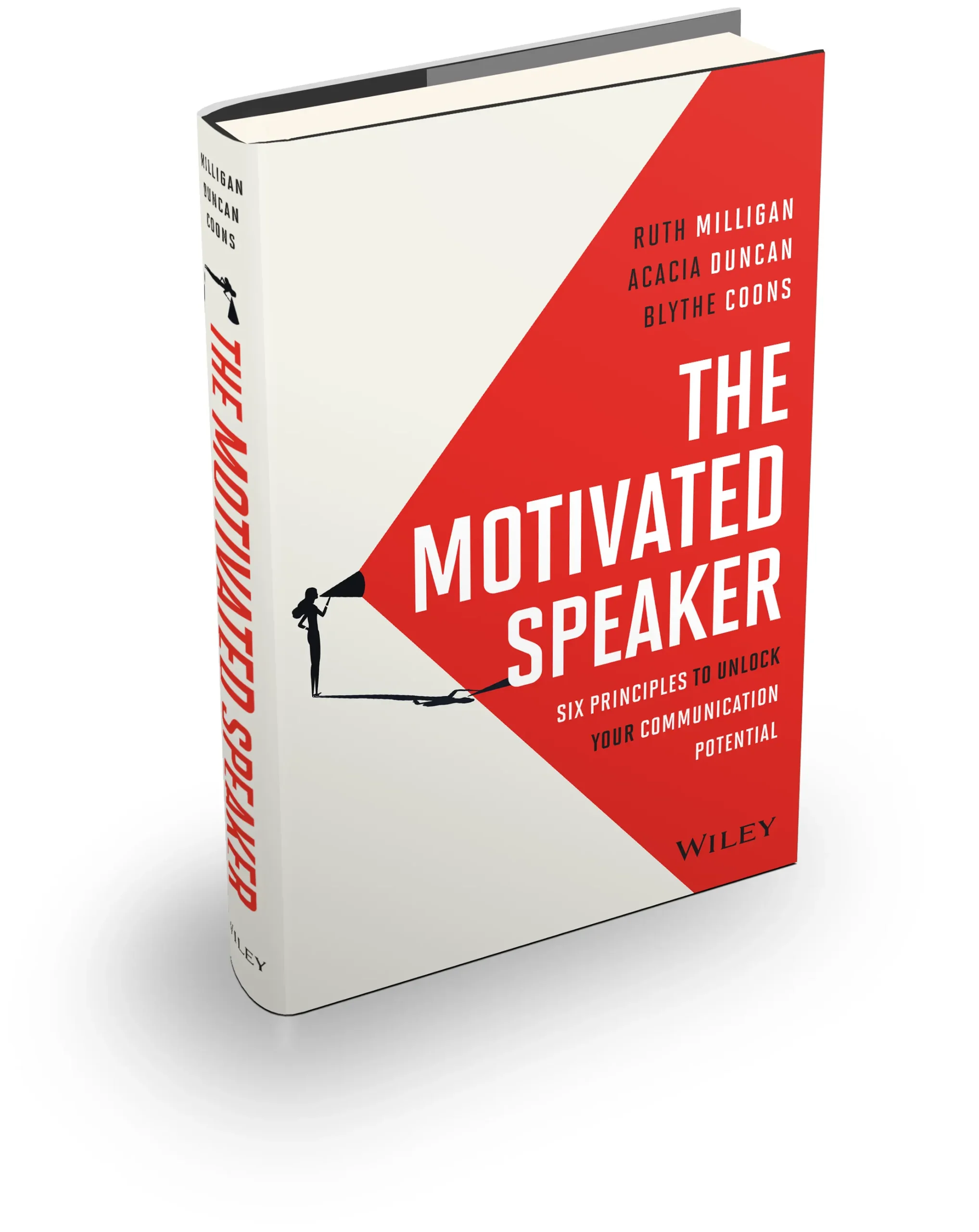While executing a public speaking and presentation training for rising executive at a national manufacturer recently, we inadvertently found a deep breaking point. While she broke down weeping we knew that it meant one thing: we found her pain.
Her boss had employed us for a day of evaluation and experimentation. She suspected that there was a problem with her ‘short presentation’ that she often gives at national conferences and to large clients. Her analysis was that it was “too practiced.”
Indeed, it was. But for an unsuspecting reason. She was bored. Deeply bored.
She had rehearsed it to the point that she didn’t have to think about it anymore. Her delivery wasn’t bad, actually. The content- no narrative transport, captivating visuals or concrete lessons- she admitted, it was painful. Awful. She felt trapped. She hated having to use slides. Didn’t know how to make it better. And while she was in a bit of a somber industry, it didn’t meant that she had to be.
Through some dialogue, we found out that she can do impressions of major performers (I don’t think I’ve seen a better “Proud Mary” by Tina Turner), teaches Zumba classes, still loves Lawrence Welk (a childhood obsession) and designs buttons, really intricate buttons. Oh, and when we asked if she’d ever written a narrative story, she said, like a screenplay? Yep, done that too. SO…How could she be BORED? First, she said that everyone at the conferences uses power point. She felt compelled to do the same. Second, she was constantly worried that the c-suite executives would be critical of her presentations. Even though, in reality, she was the only one with this intellectual property that she was presenting. (Remember you usually know 90% more than your audience).
Lastly, she had recurring nightmares about involving the audience in any way- for fear they would take over.
So…she got her slave-to-the-slide routine down to a science where no one could interject or add feedback to help make the presentation seem real and relevant. At one point she asked us a rhetorical question only to say “Oh, I never get any answers,” and moved on like a passing freight train. She didn’t want any answers.
We’ll follow back up with her in a month or so to see how the new version of her talk is going and if our menu of “creative spark” techniques worked. One that is narrative-based without slides, lots of relevant case study/examples and some opportunities for audience feedback. And I bet, even if she isn’t comfortable with all the content- yet-she won’t be bored anymore.

